Kung Fu Panda has always been on the top of my favorite movies. DreamWorks did a pretty good job with the sequel, but it lacked the element of novelty- It’s always hard to trump the ace. So I never had high expectations for this movie. But this pretty much describes my reaction (P.S. I didn’t pee). If you didn’t feel like clicking that link, let me describe it as … I was blown away! Kung Fu Panda 3 reminds me why I fell in love with the franchise. Everything about the movie is great. I’ll start with the story (as this is what sinks most movies)- Kung Fu Panda 3 is really well written, especially with its story being spun around two antagonists. Kai, played by J.K. Simmons, is a surreal villain true to the definition, while Li (Po’s father), played by Bryan Cranston, walks shades of grey as he tries to win back his lost son. Just like the first part, Po fights a battle, not only with an enemy, but also within him, as he must discover and untap his true potential. Also, there’s more focus on these three characters and their interactions hold the story tightly (there are hardly moments that feel like filler). But the movie doesn’t border seriousness with this like its predecessor; it is high on humour and does not fail to give you a few spurts of laughter.
With the visuals covered, the only part that remains is the audio. Hans Zimmer continues to create music for the third part, and it is great. There are new tracks and collaboration with artists (you can hear “Wild Ones” by Flo Rida in the trailer). Also the hit song from the first part, “Kung Fu Fighting” (revived by Ceelo Green) is re-revived by a new band, Vamps; which hopefully will continues to be a fan favorite. When it comes to the voice cast, Kung Fu Panda 3 not only manages to bring back all of its old cast but add two Oscar nominees to its list, J.K.. Simmons and Bryan Cranston, both in pivotal roles. Their performances bring fresh voices to the screen while Jack Black once again amazes us with his performance. Also, just cause I got to attend a simulcast of the LA premiere, I’m going to throw in a tidbit: Jack Black and Angelina Jolie got a chance to work with their kids who voice small bunnies and pandas in the movie.
I know that was a long review (and some of you simply jumped to this paragraph for the final word), so here’s the verdict: Kung Fu Panda 3 is an amazing movie that brings back the feelings you had when you watched the first part. It is breathtakingly animated and wonderfully written/directed. So, unless there is a snow storm out there stopping you from going to the theatre, put on those panda ears, pick some popcorn and get ready for the “awesomeness”.
Grade: A
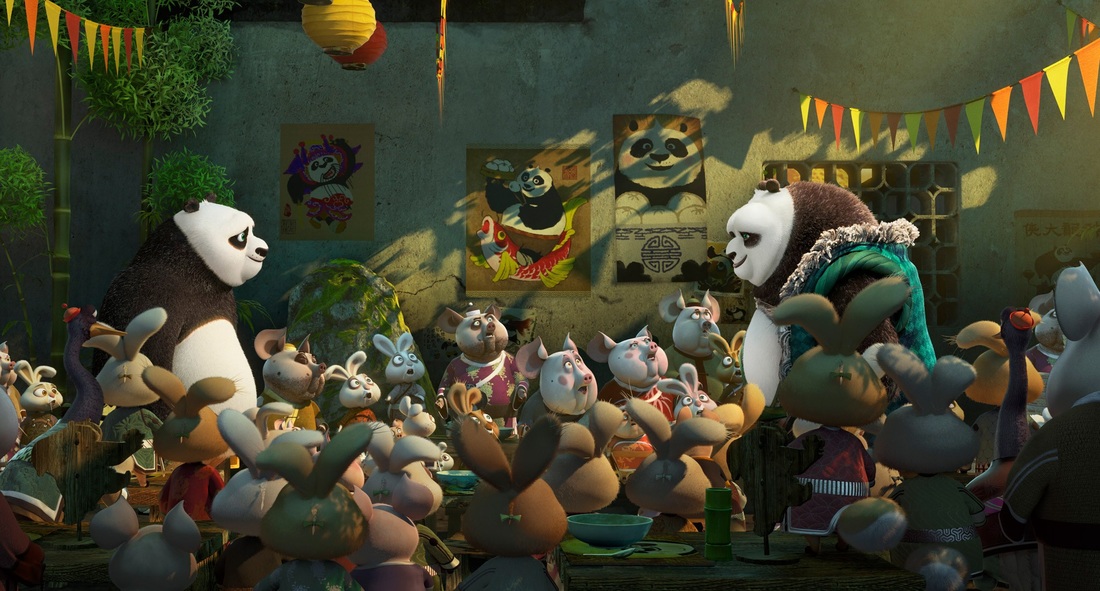
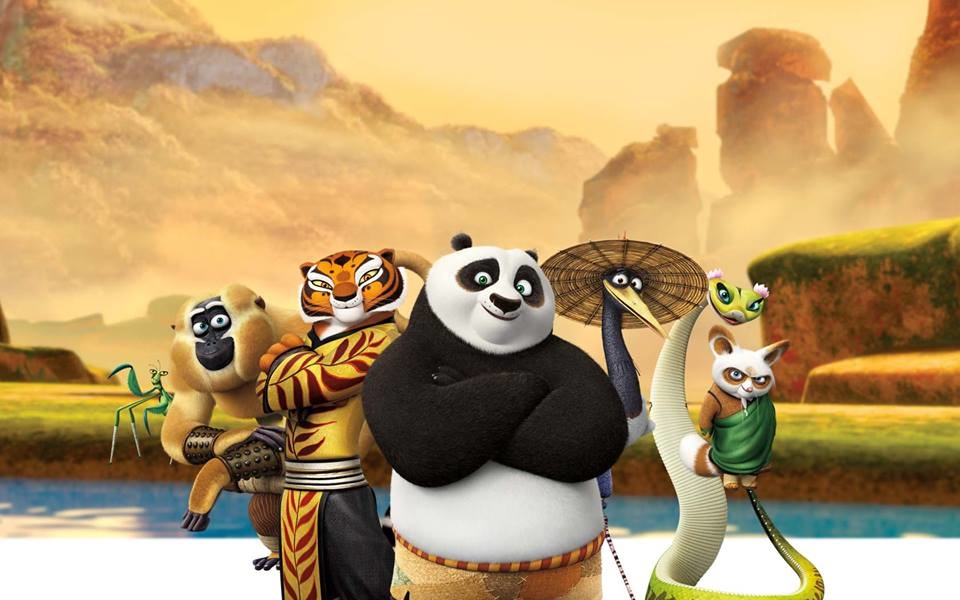
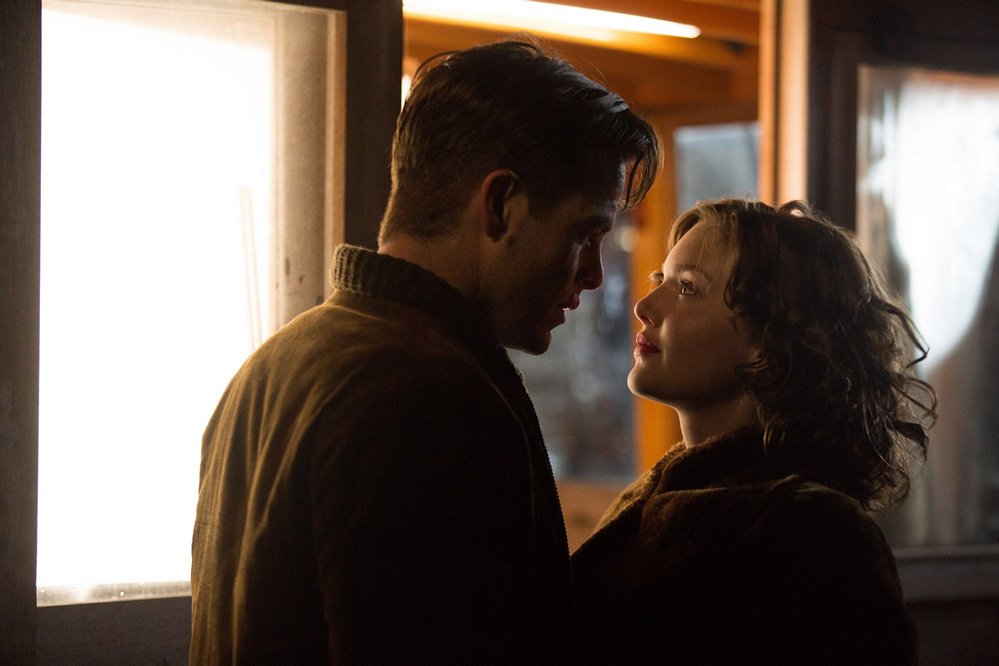
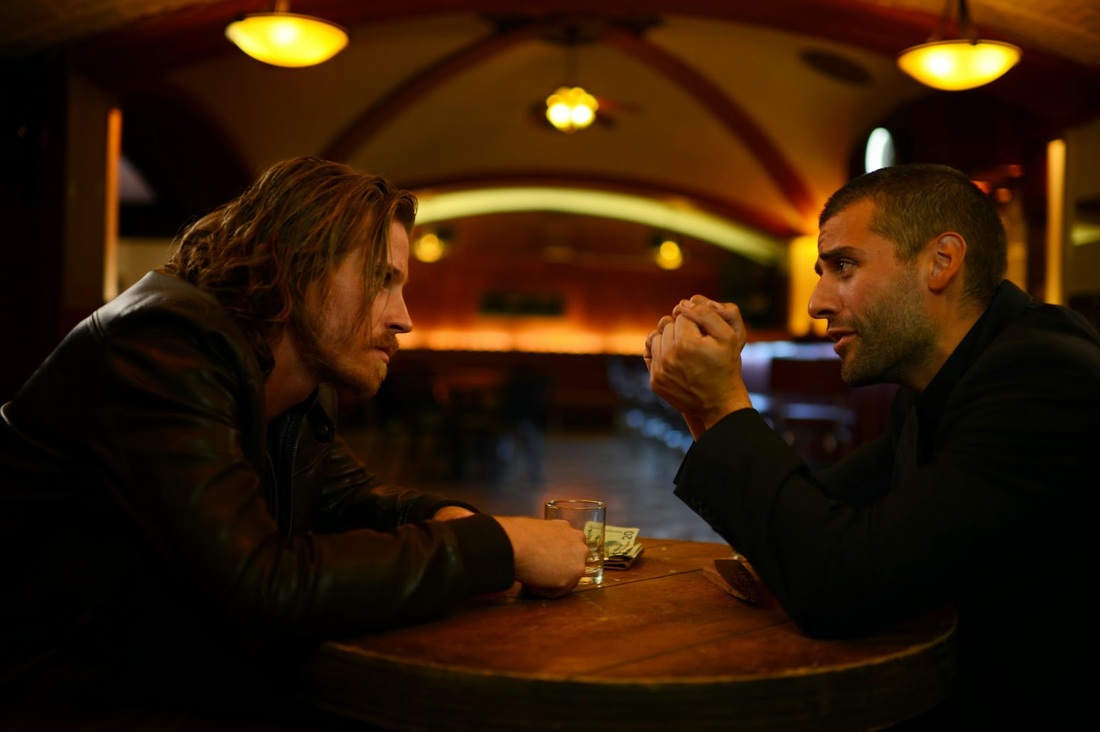
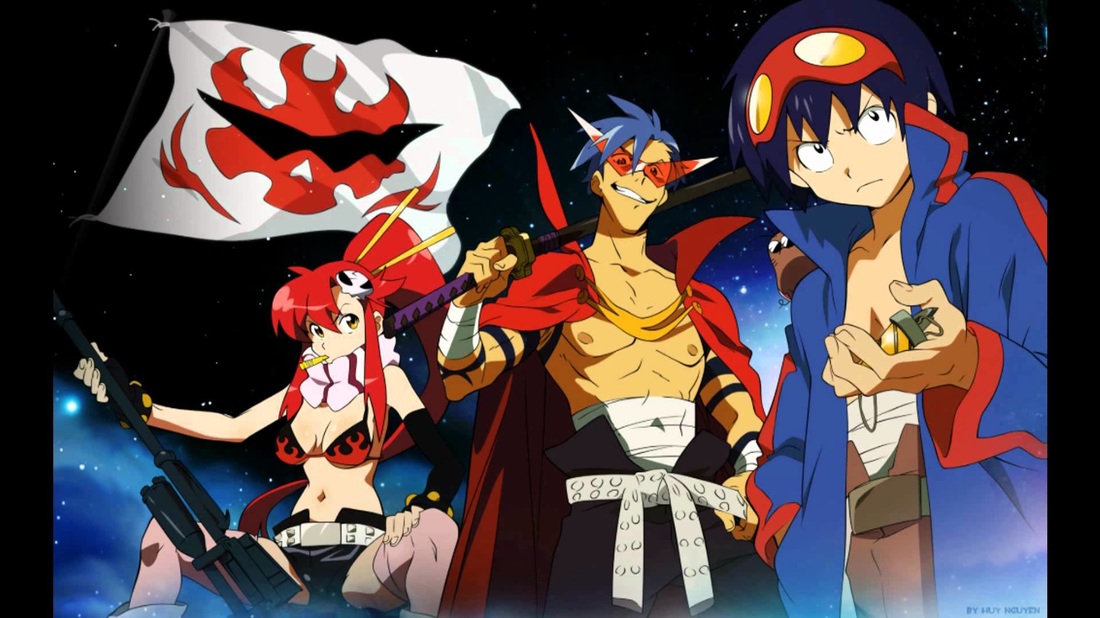
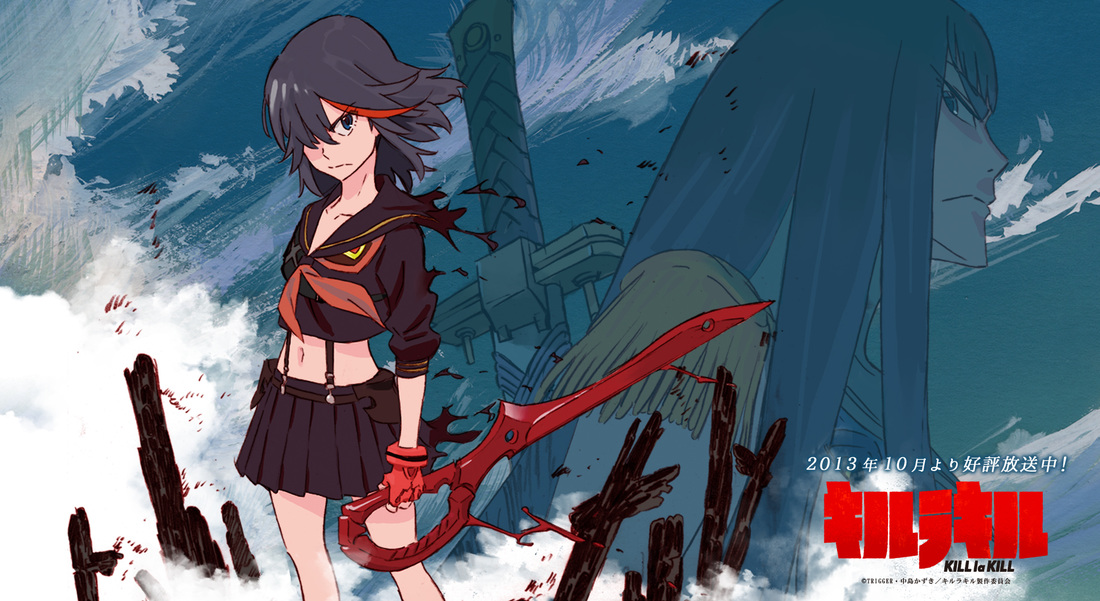
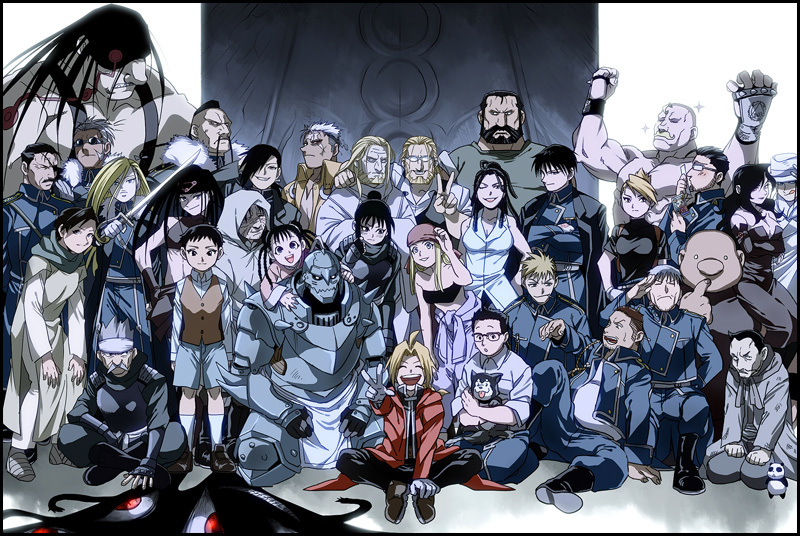
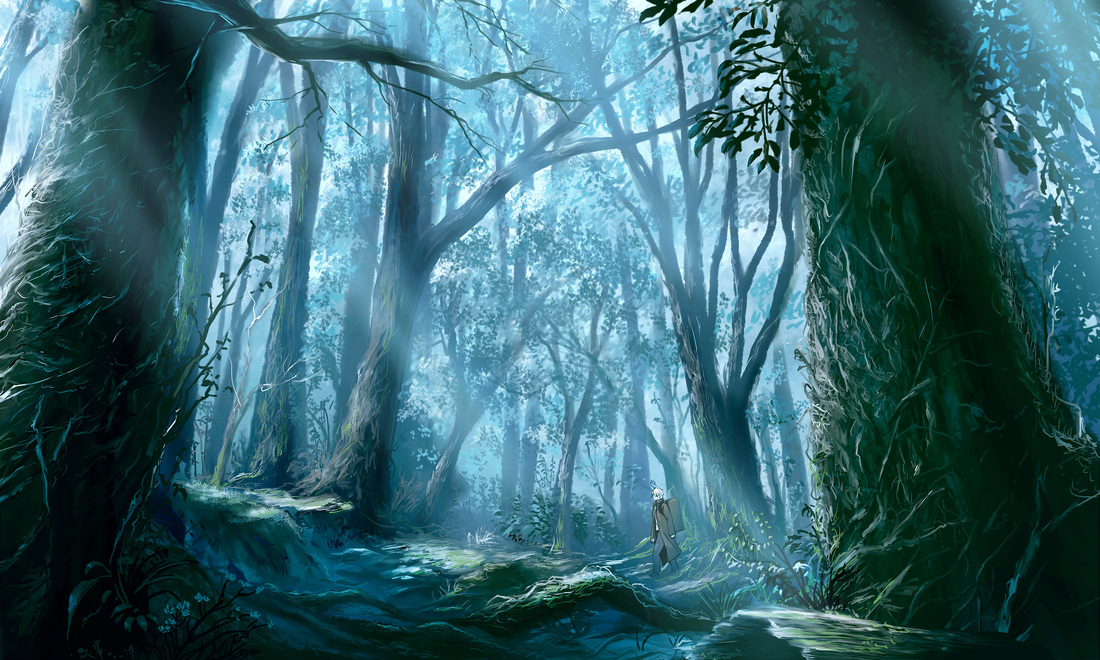

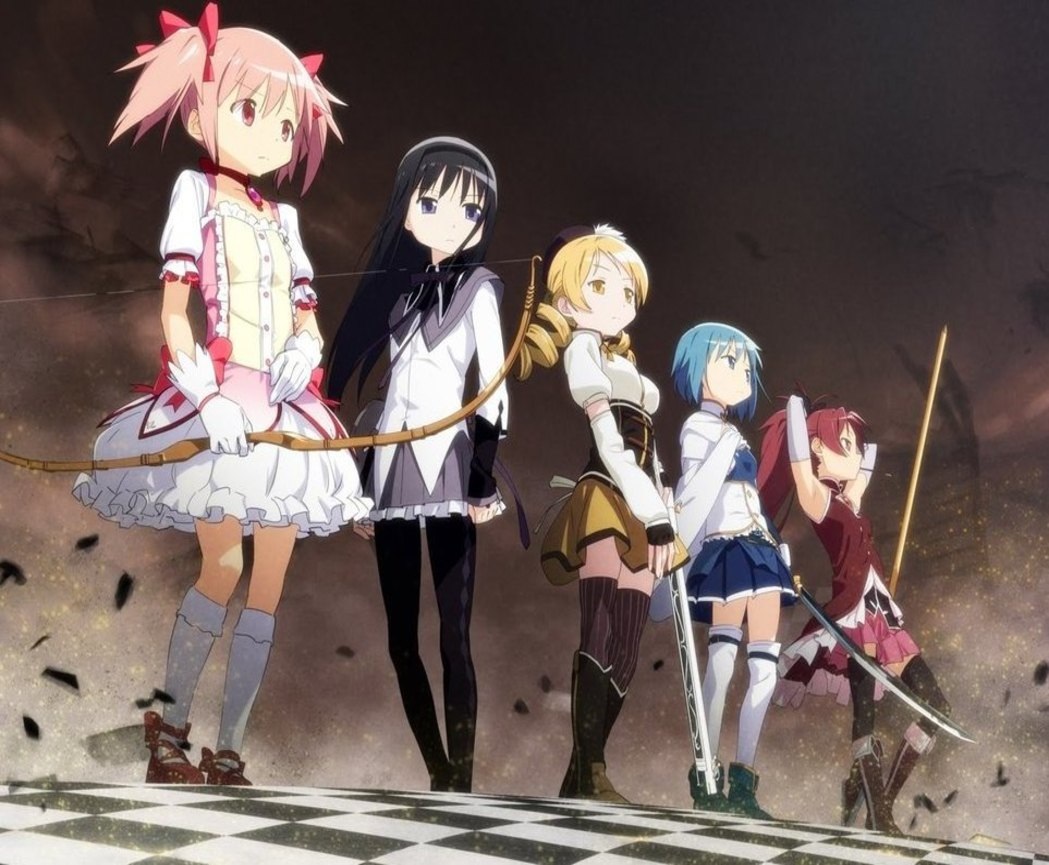
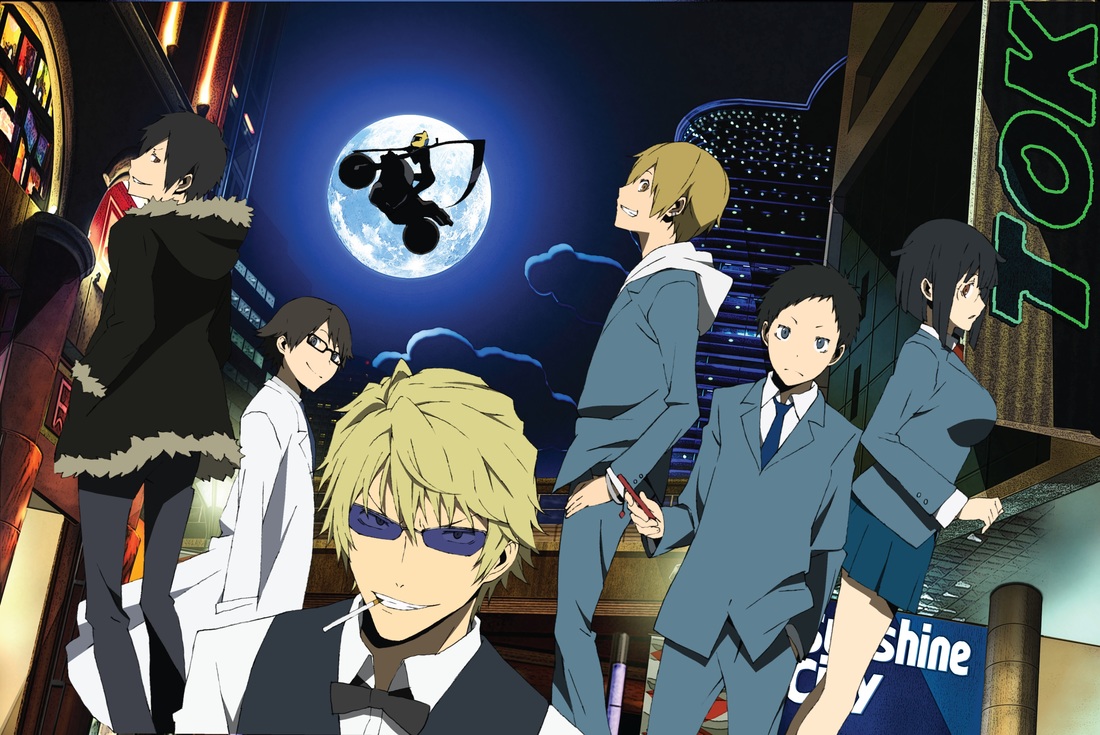
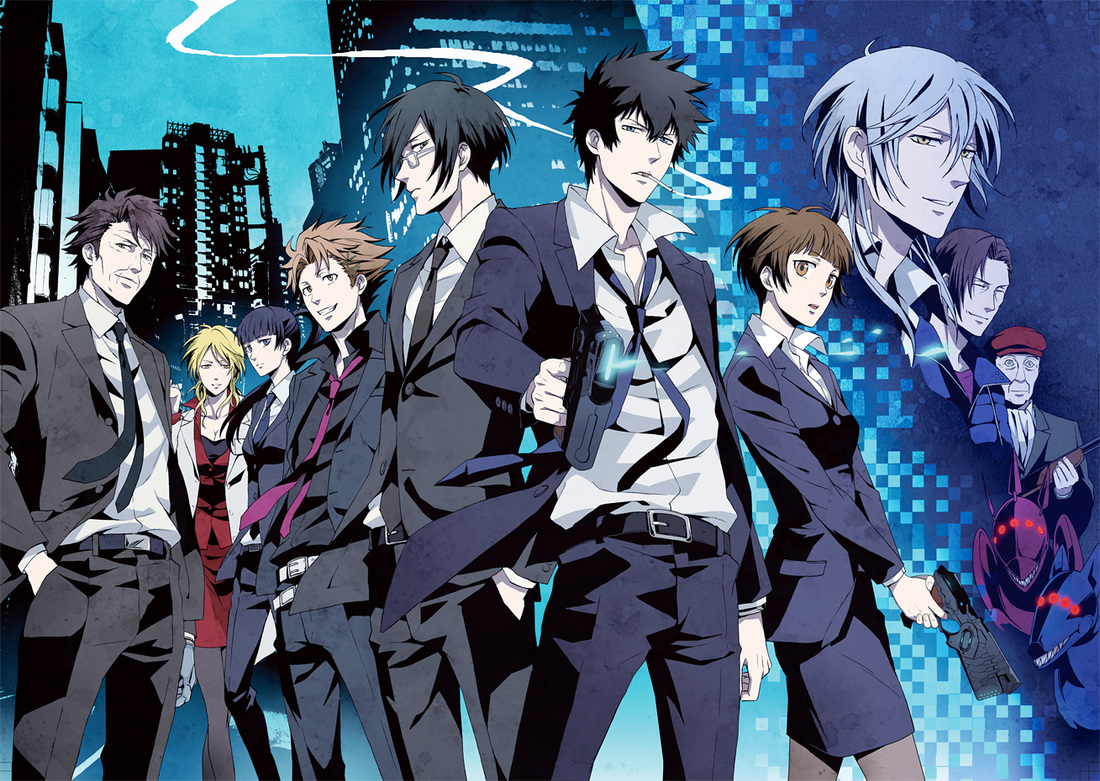
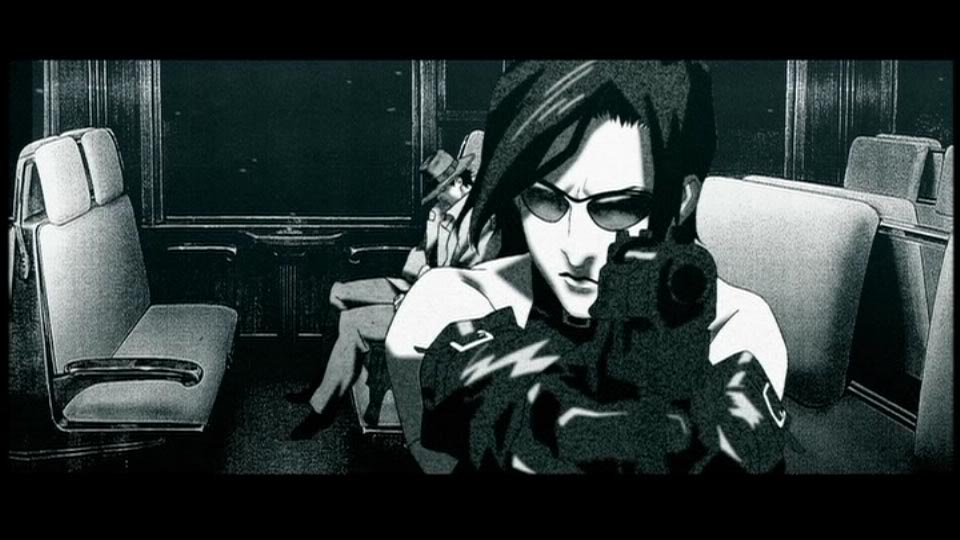
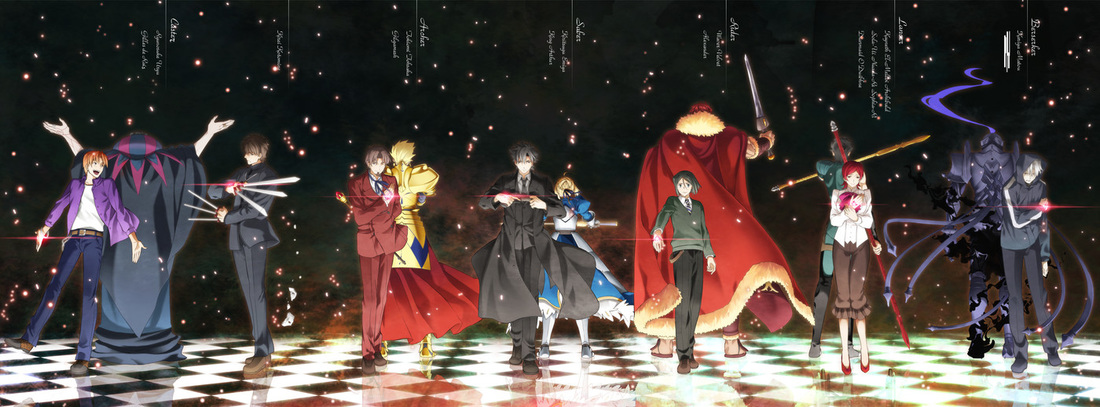
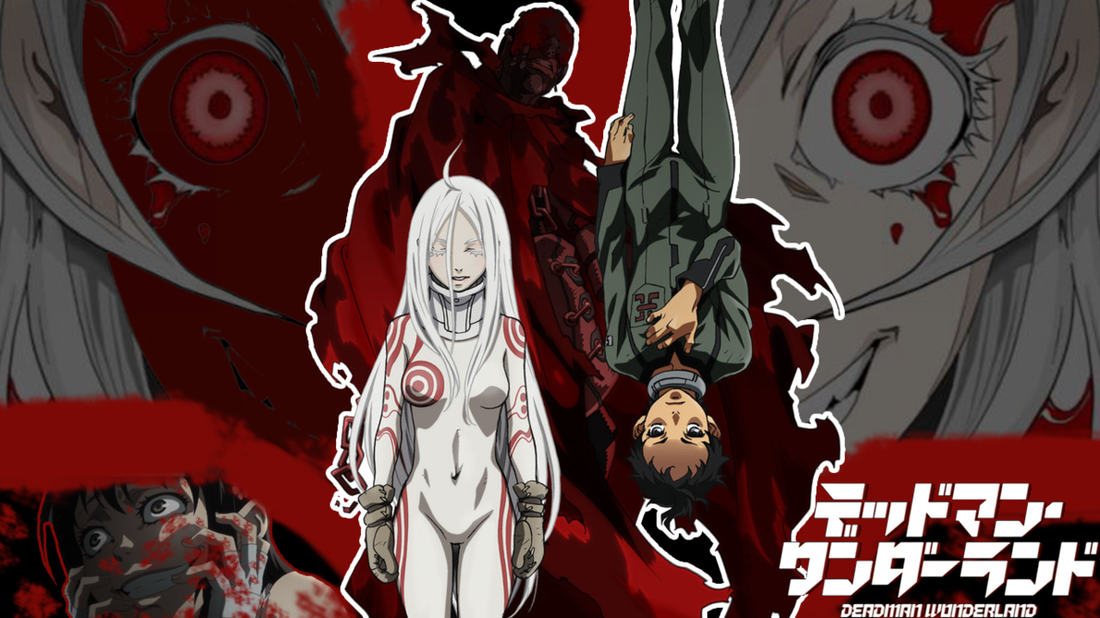
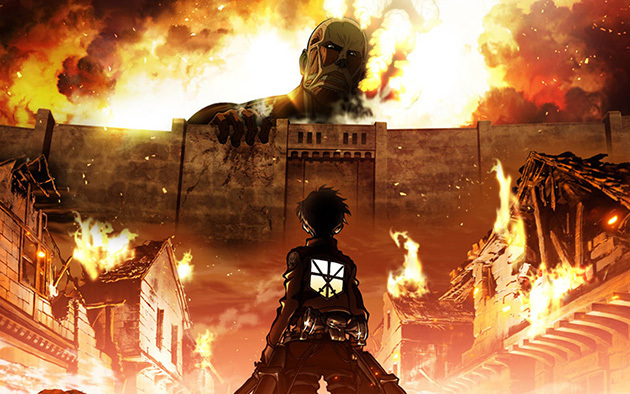
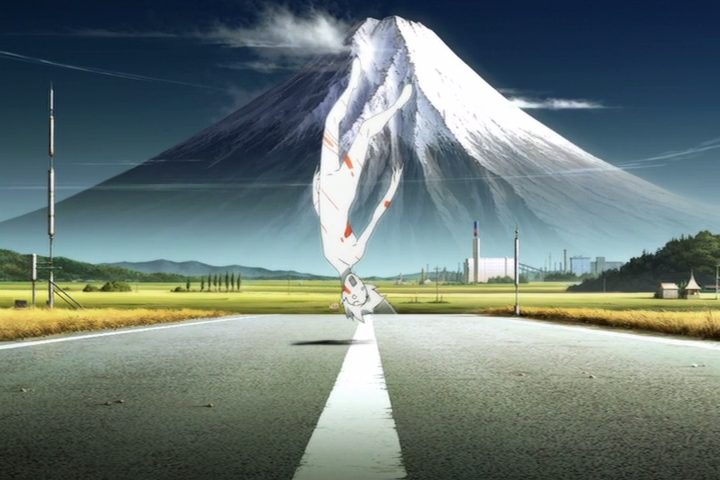
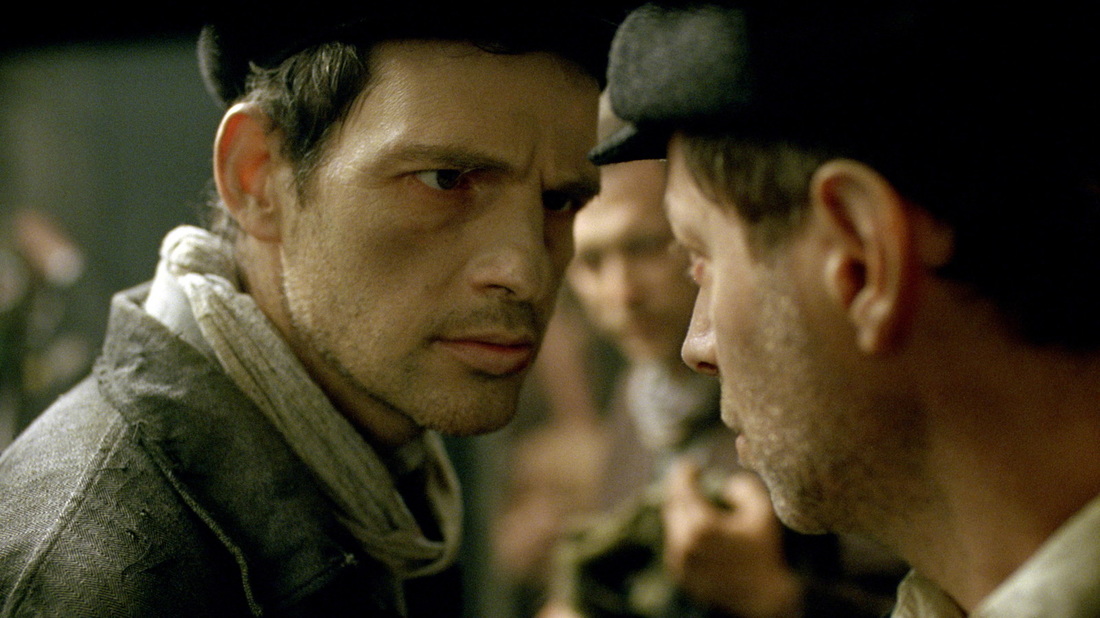
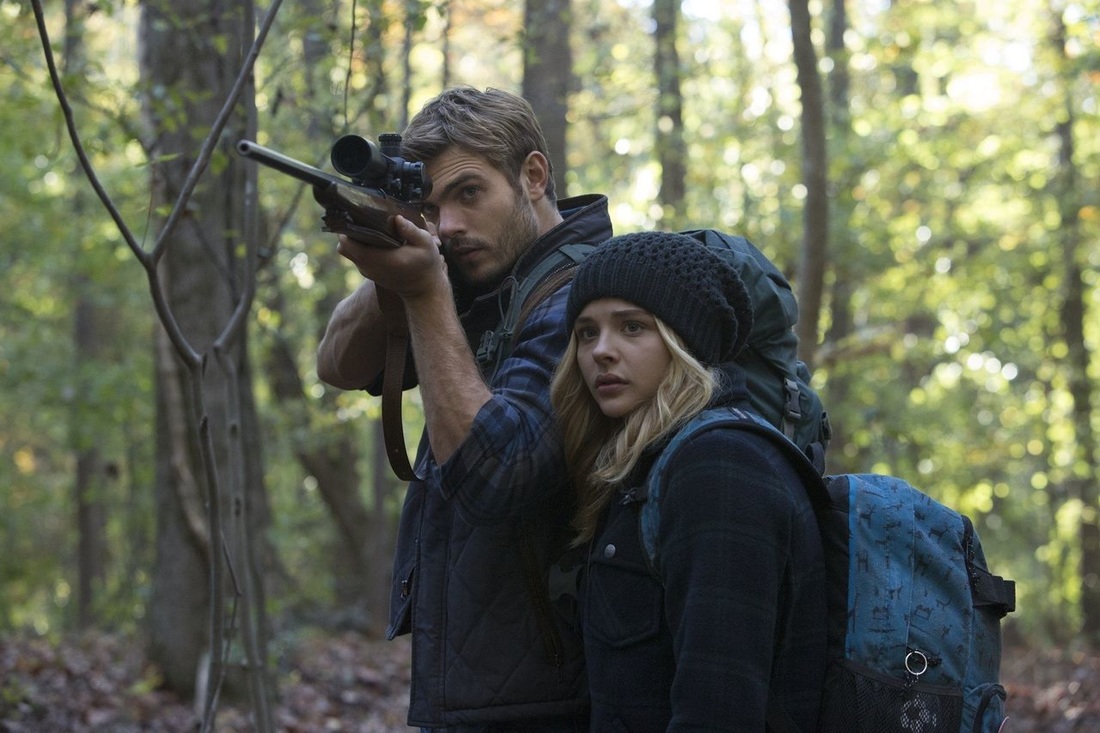
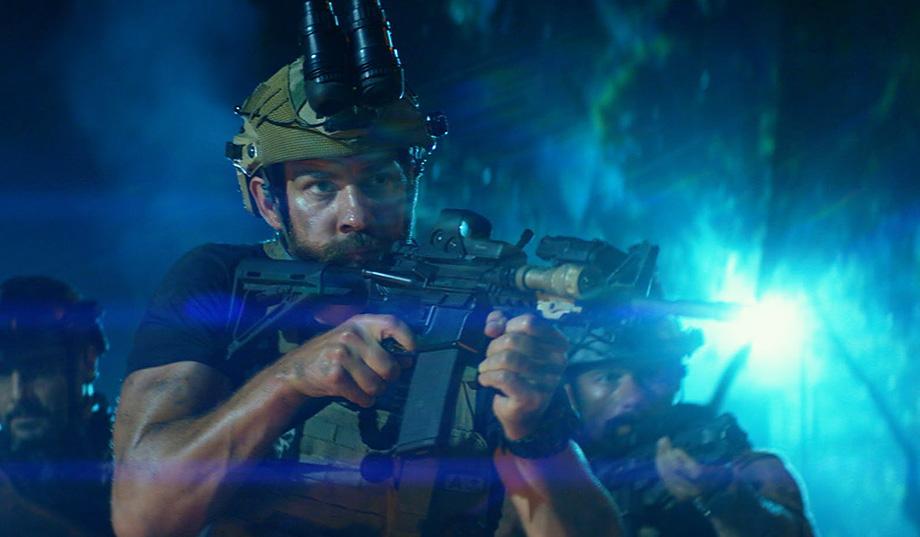
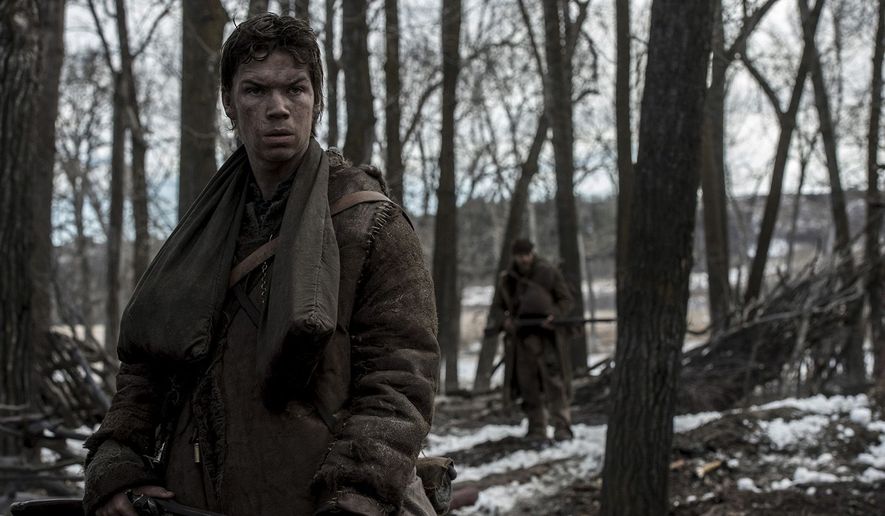
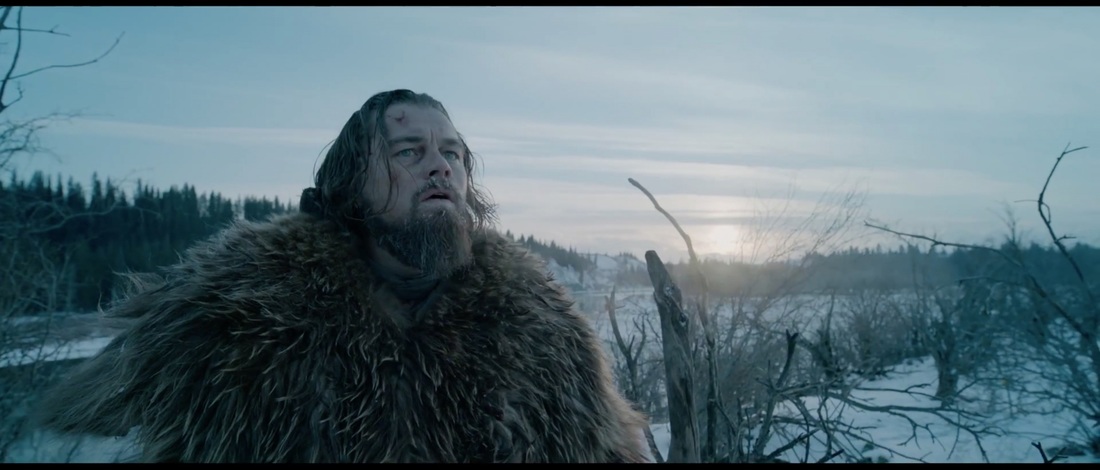
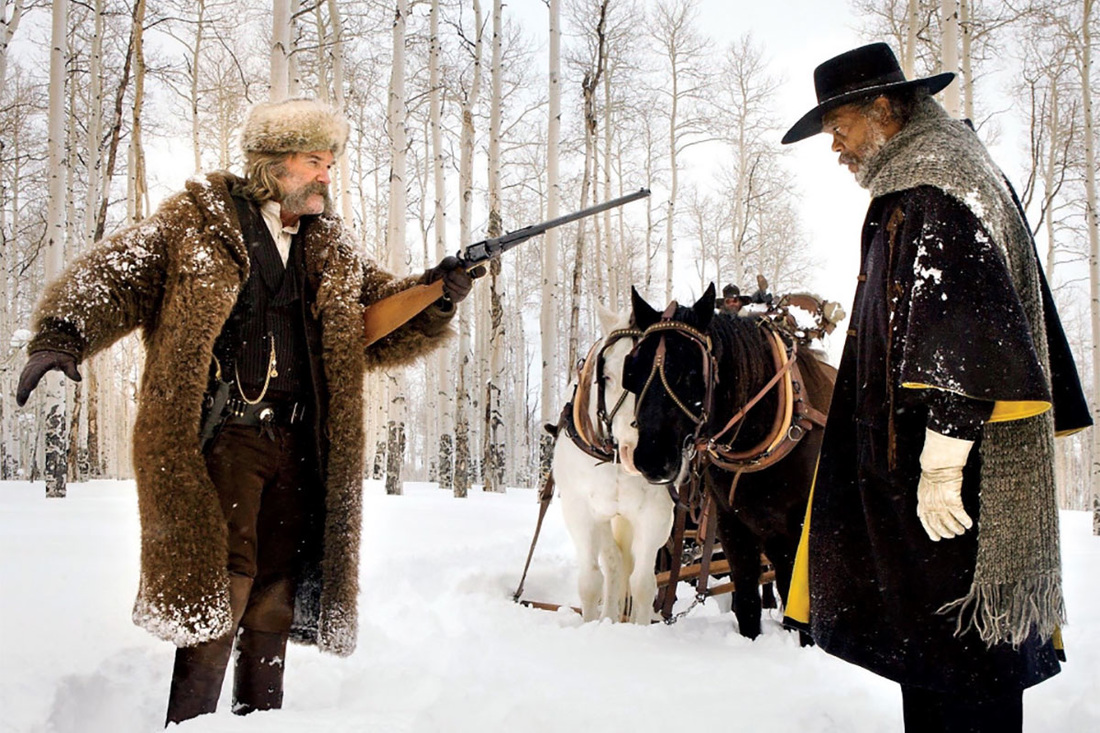
 RSS Feed
RSS Feed
